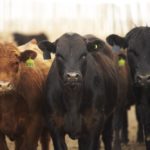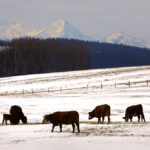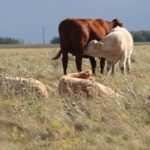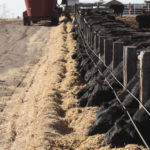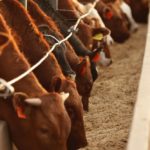Western Canadian feeder cattle jumped $3-$5 on average last week, with 800-plus-lb. yearlings trading as much as $8 higher. Historically high finishing margins finally resonated with feedlot operators and a precarious attitude from recent weeks was thrown by the wayside. Order buyers were inundated with interest as bids were relatively firm across the Prairies. Adverse






